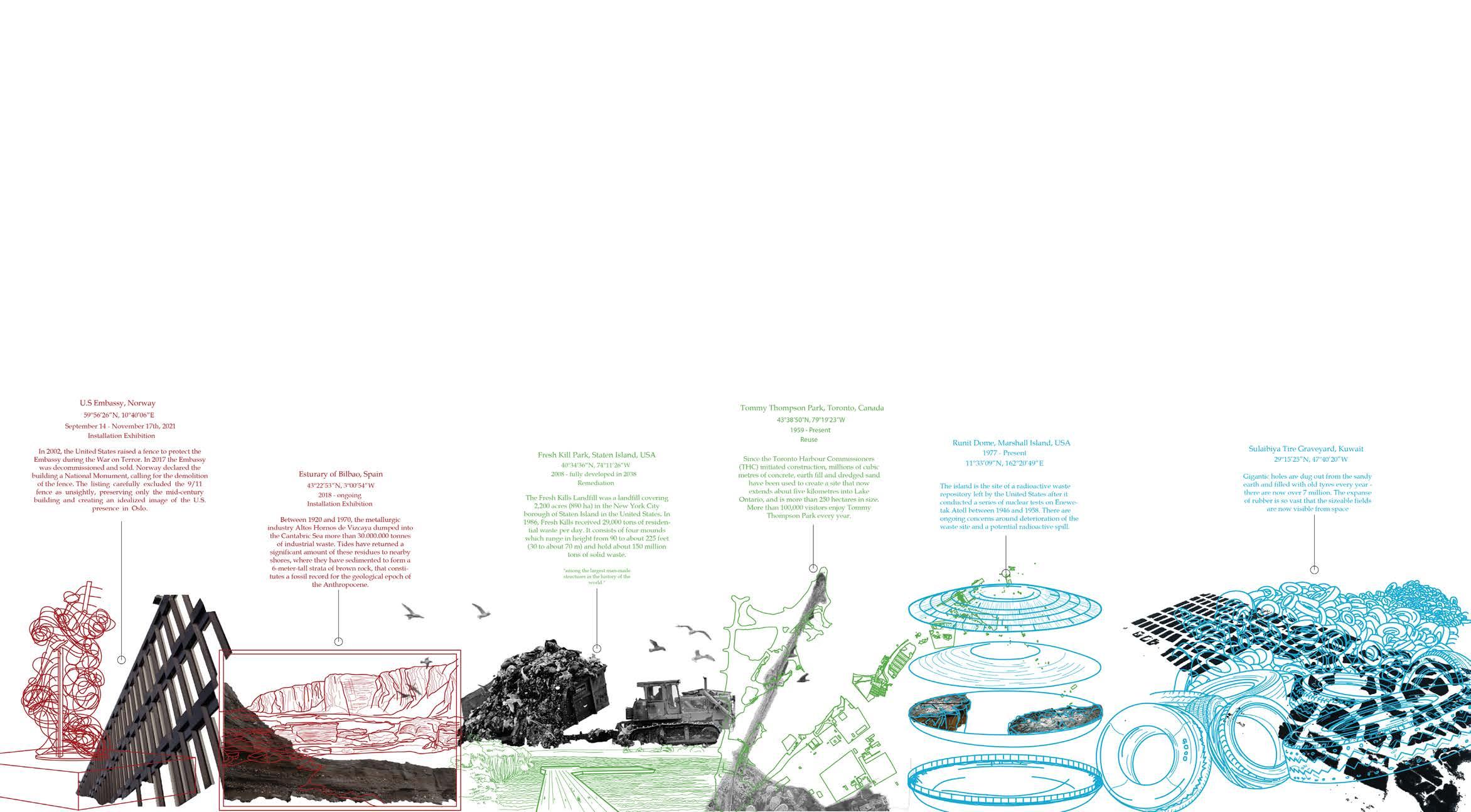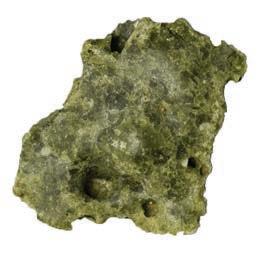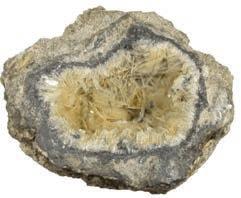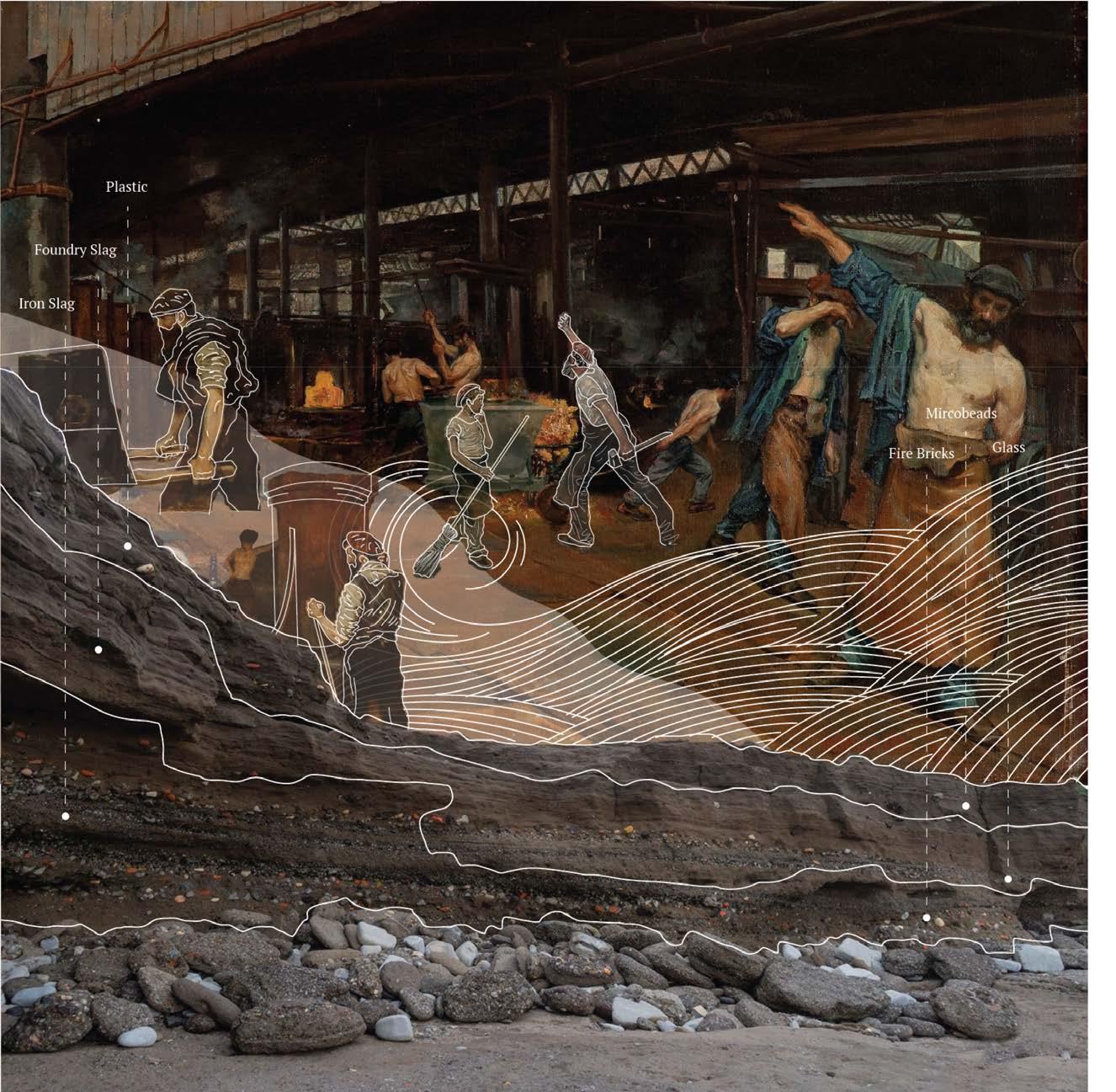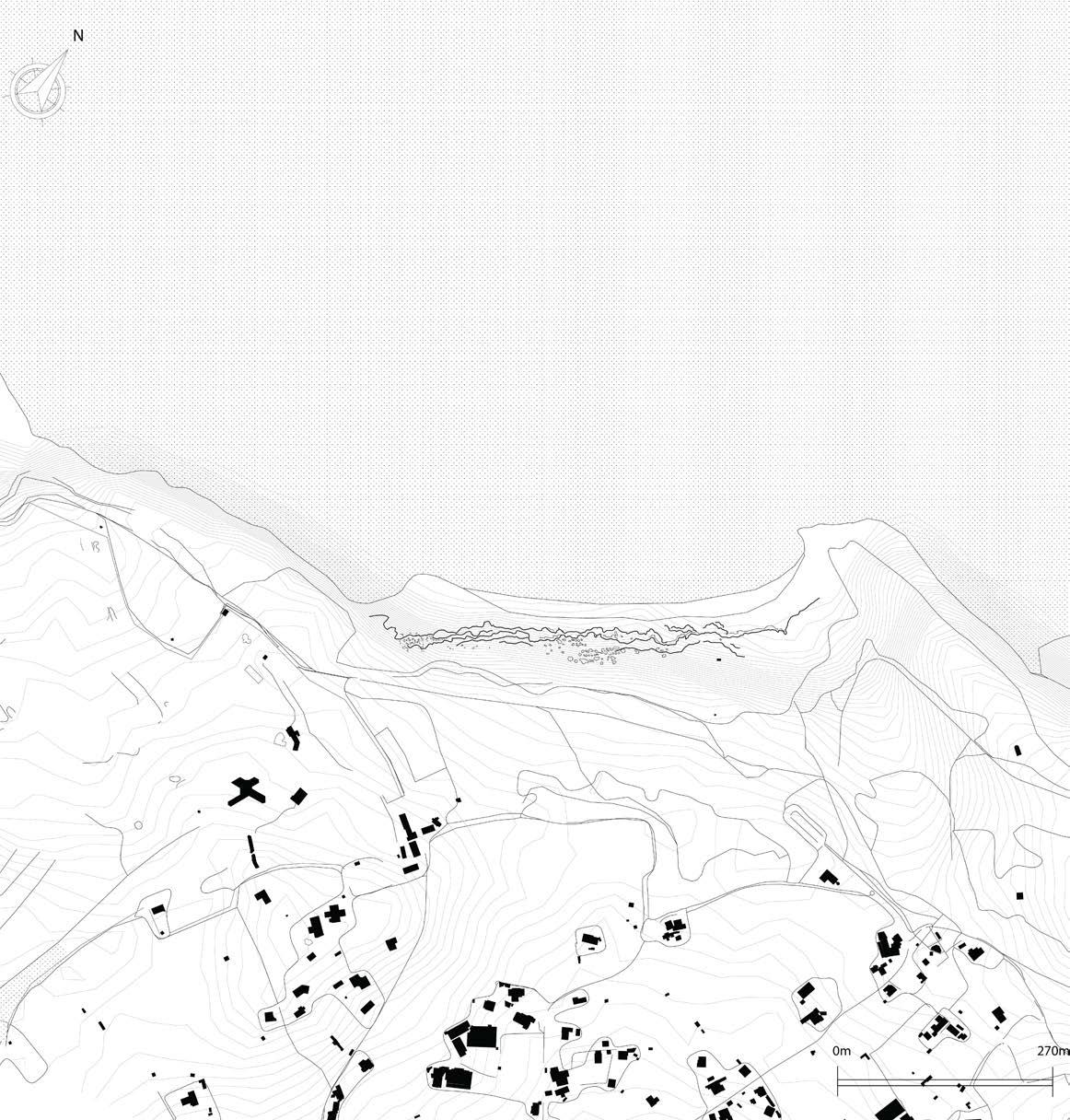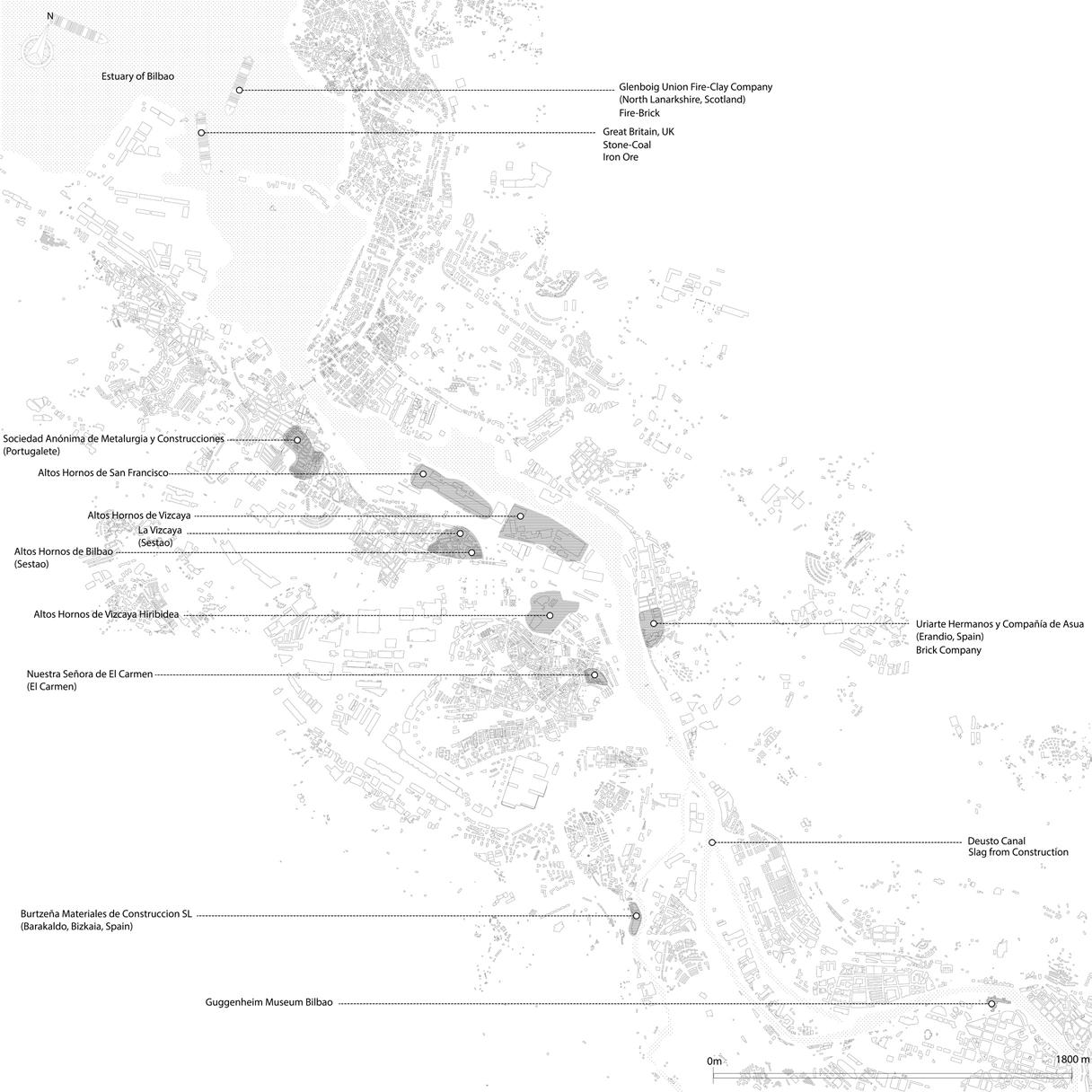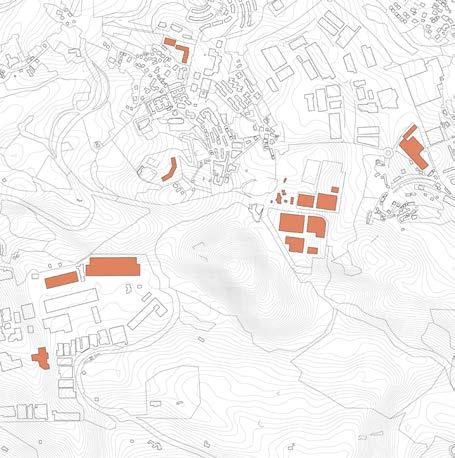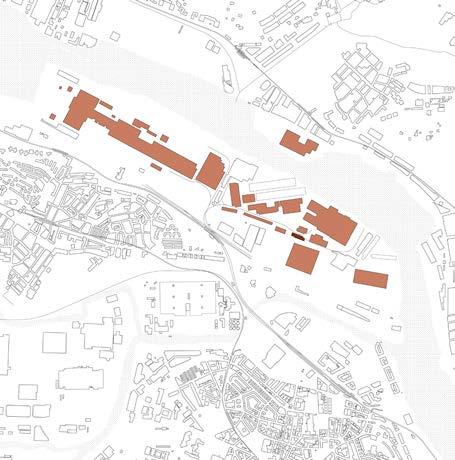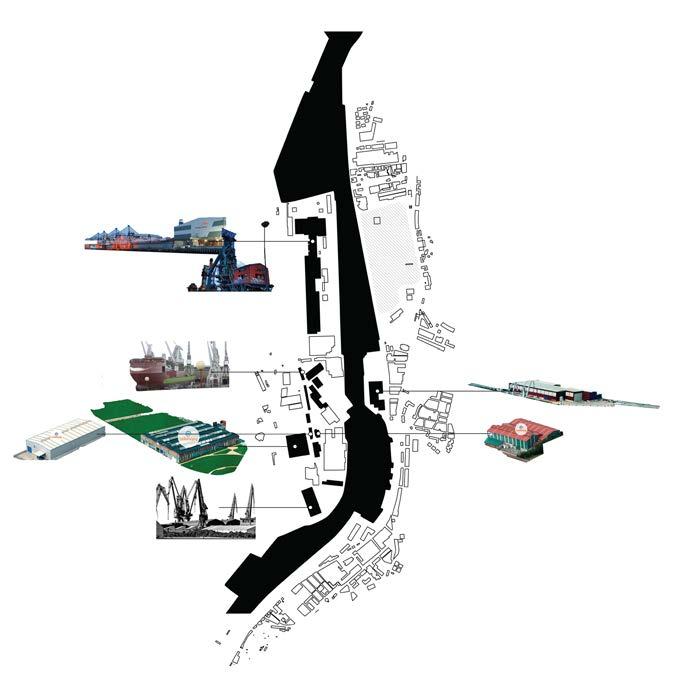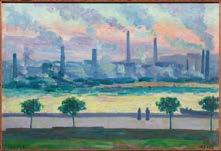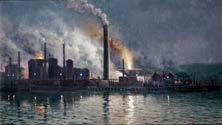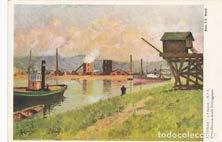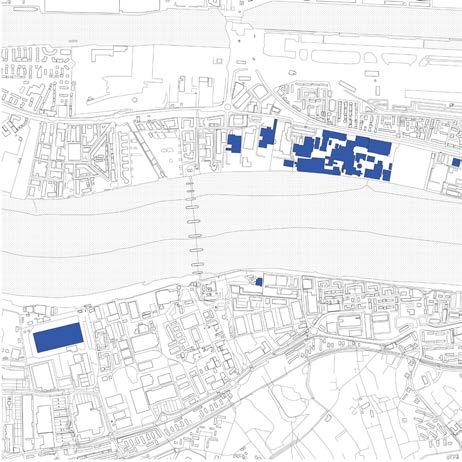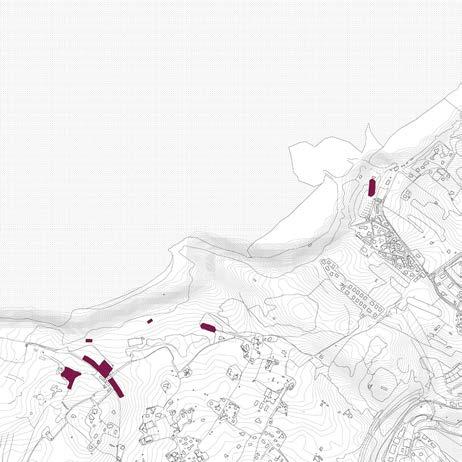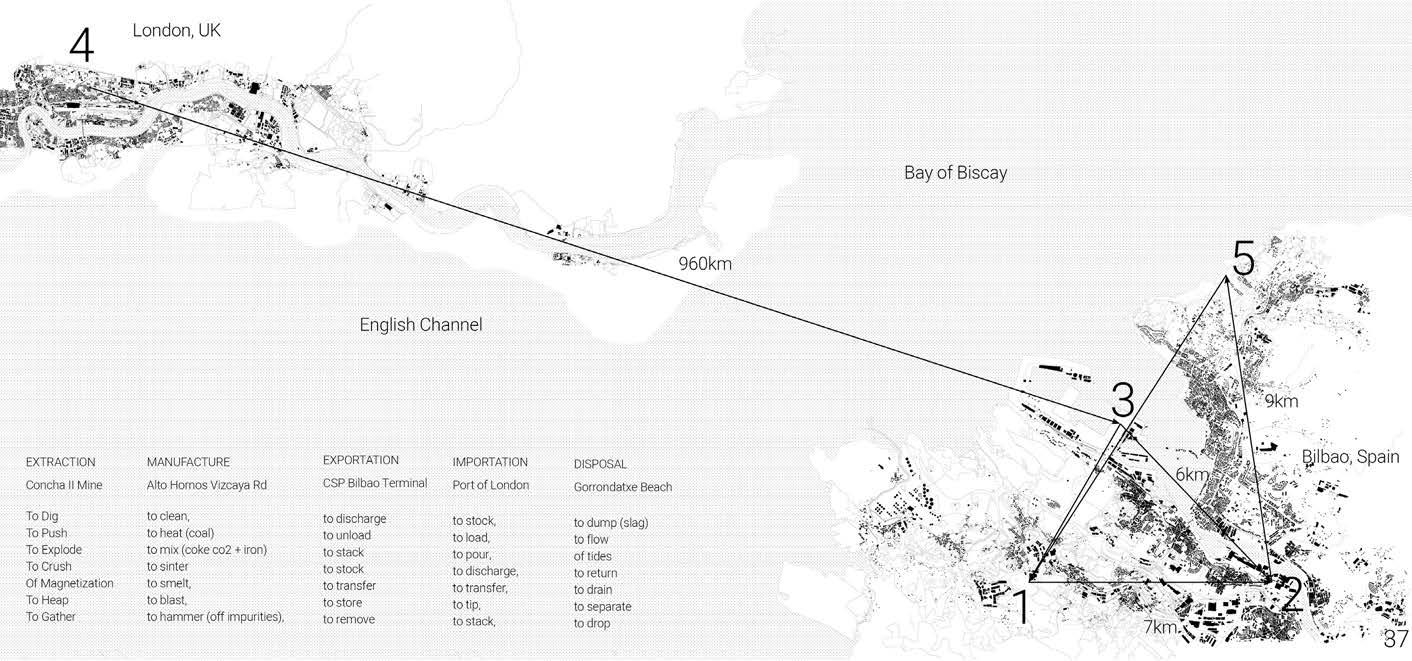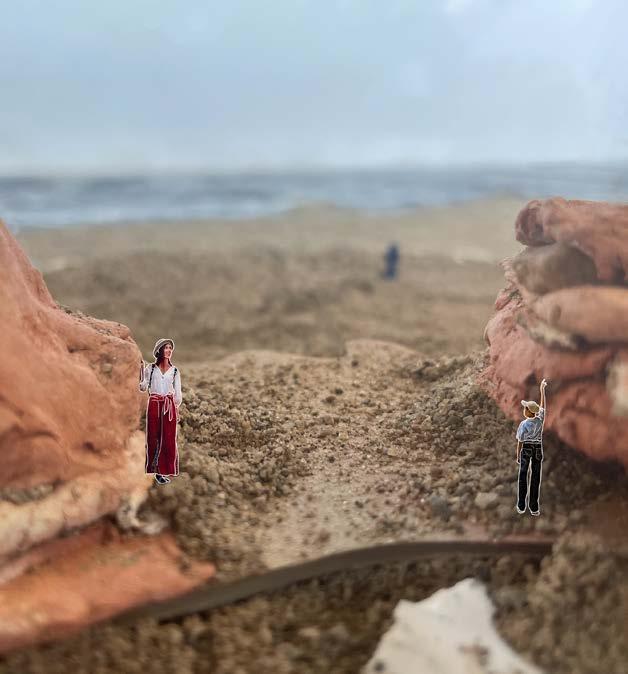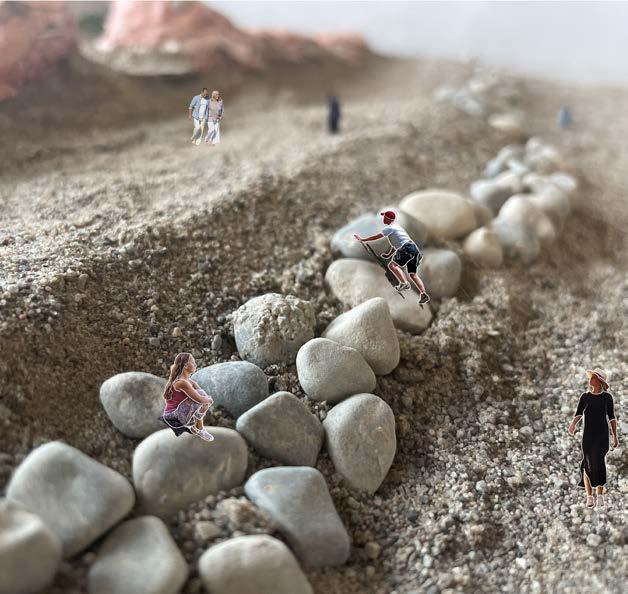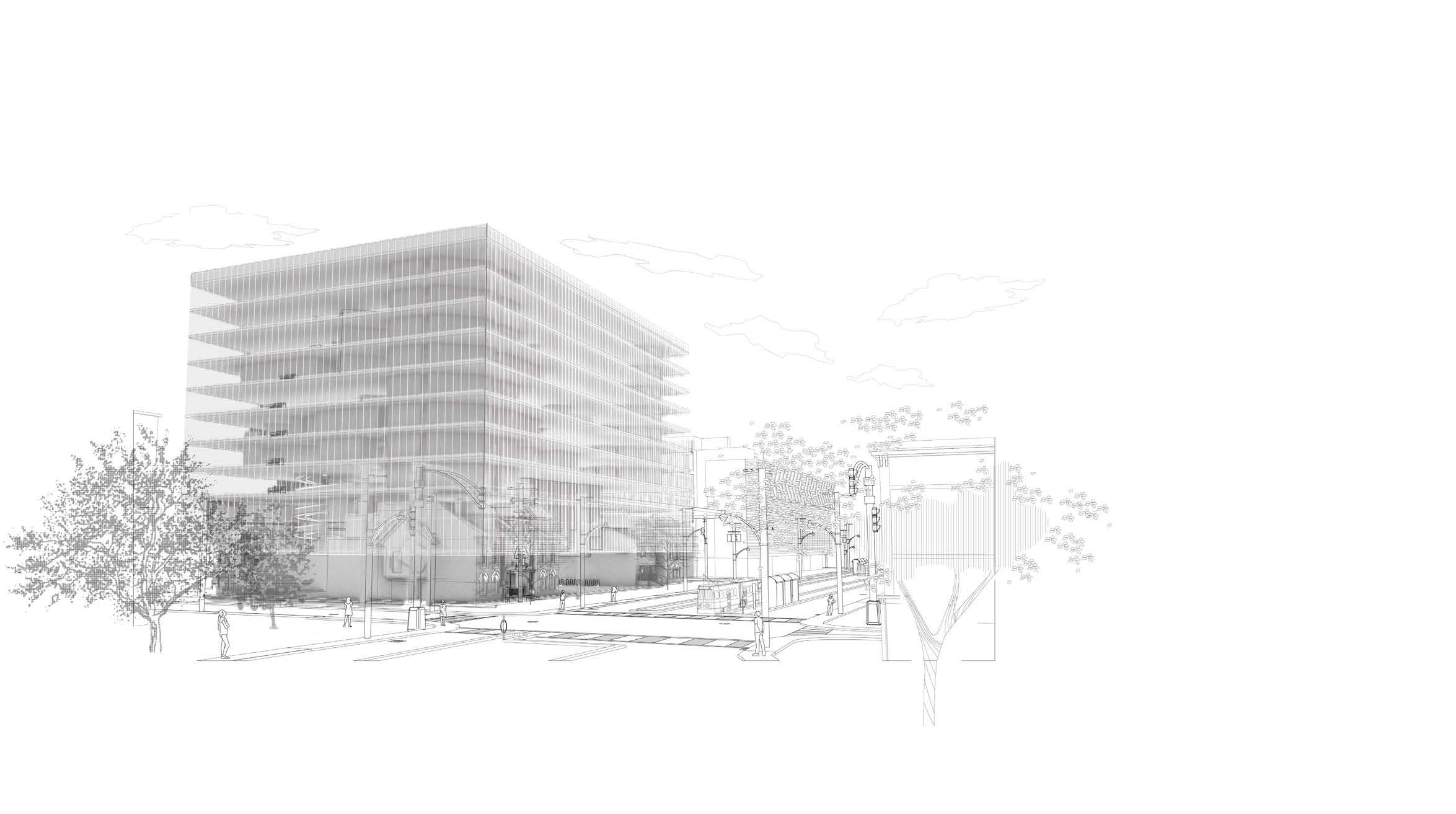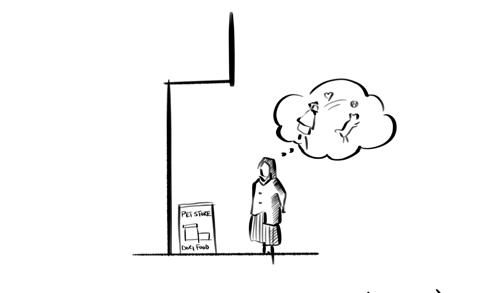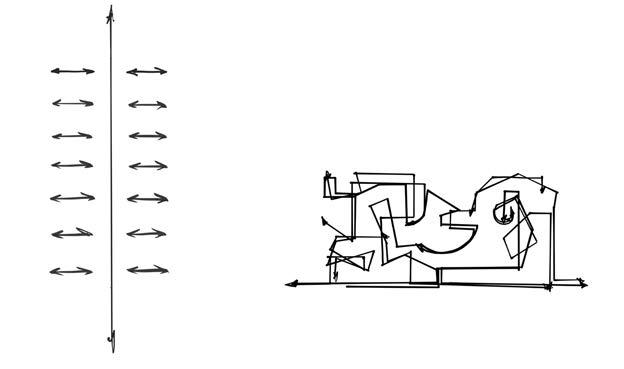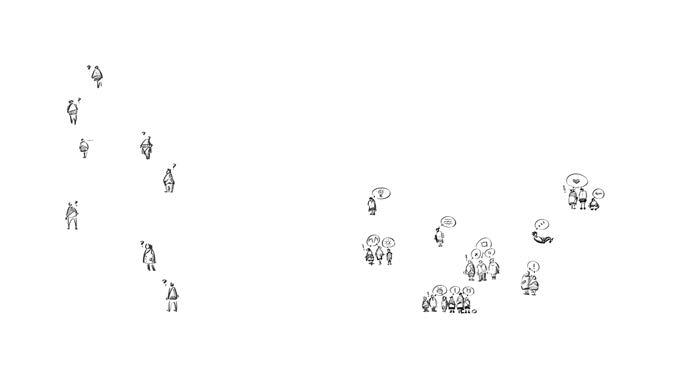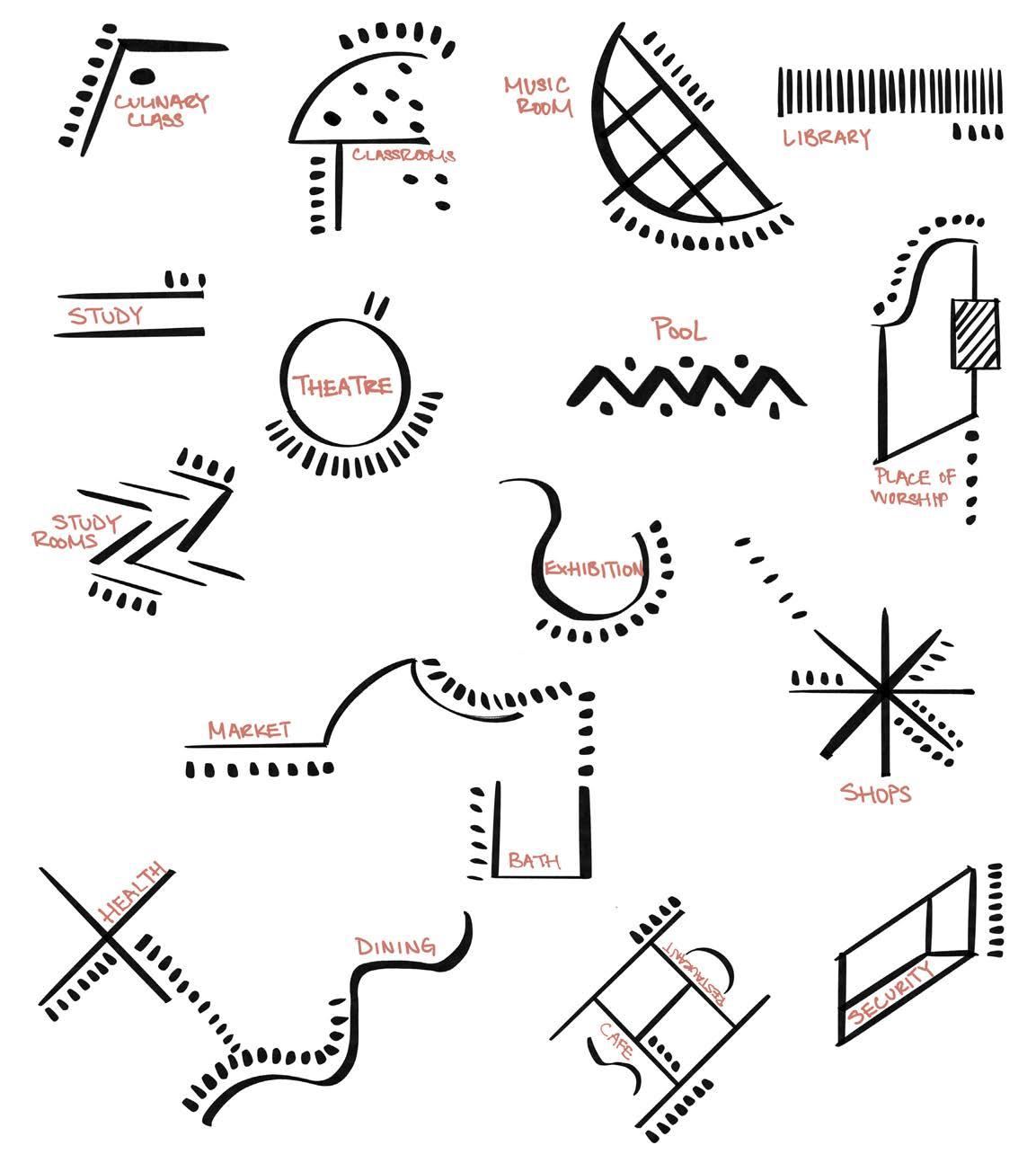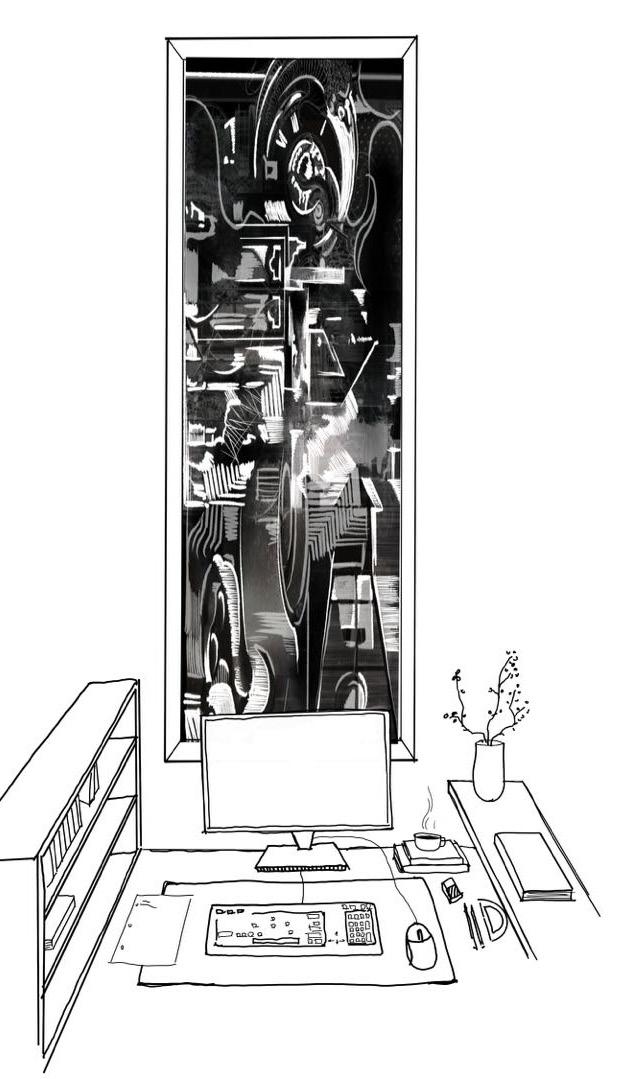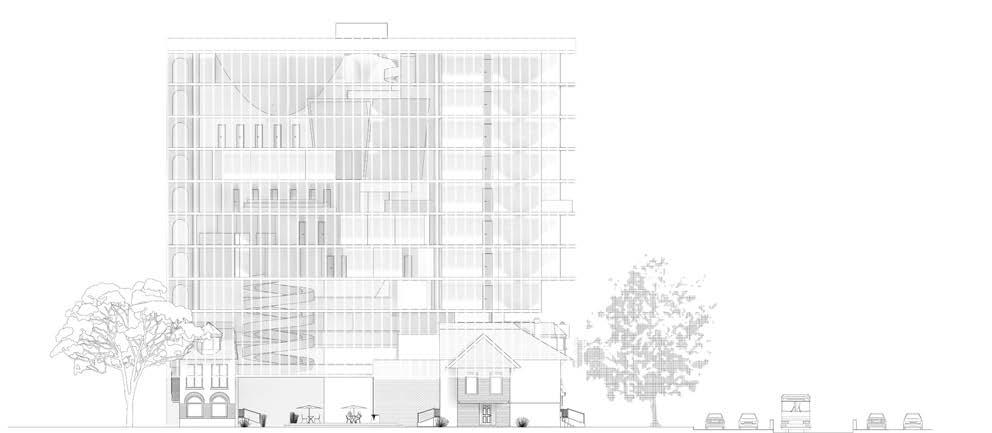CONTENTS
GEOGRAPHIES OF THE URBAN NIGHT
M.ARCH Core I| Fall 2023 | Indivdual
memories of the city
Studio III | Fall 2020 | Indivdual
Timed experience
Photogrammetry| Fall 2020 |Group (4)
baishizhou urban village
Urban History| Winter 2021 | Group (2)
Toxic heritage
Thesis Research Seminar| Fall 2021 | Indivdual
semiotics in architecture
Studio IV | Winter 2021 | Indivdual



GEOGRAPHIES OF THE URBAN NIGHT
Year: 2023 |
Type: Individual | Instructor : KEVIN HAI PHAM
3 WEEKS - INVESTIGATION OF URBAN HETEROTOPIA
“Thus we arrive at the following definition: A religion is a unified system of beliefs and practices relative to sacred things, that is to say, things set apart and forbidden—beliefs and practices which unite into one single moral community called a Church, all those who adhere to them.”
- Emile DurkheimNightlife spaces are a form of escape from the mundane --where people can explore other modes of being. These spaces often encourage and challenge what the respective society considers “normal” during the day. My design juxtaposes the two environments in which the sacred and illicit activities occur – the church and the nightclub. The collective consciousness of society used to be religion as a common belief, as society becomes more secular, this collective consciousness becomes more diluted –but many do find common worship in the even more abstract feeling obtained from being in nightclubs and the phenomenological experience evoked.
The design proposes a network of adapted churches - the refunctionalization of peripheral urban structures as night time escape spots. Through simple intervening methods, the ease of conversion between two seemingly different programs is demonstrated.


St. John’s Lutheran 81 Christopher Street, NYC

Our Lady of Pompeii Church 25 Carmine Street, NYC

St. Luke in the Field Church
487 Hudson St, NYC






Memories of the City
Year: 2020 | Type: Individual | Instructor : Adrian Phiffer
6 weeks - Residential Housing for two INHABITANTS
“One can say that the city itself is the collective memory of its people, and like memory it is associated with objects and places. This individuality ultimately is connected to an original artifact … it is an event and a form.”
- Aldo RossiAcollective city is one interlinked by memories. The facade of the house is made up from materials gathered from antique shops, demolished waste sites, recycling facilities, items spotted in old photographs from the community and even my own neighborhood’s refuse -- all of which are items that have experienced time and encapsulate their own stories. The items are assembled to form the walls of the house with metal beams framing in these objects as if showcasing artifacts from art galleries or museums. All of the artifacts are conjoined at this intersection, which can be understood as the intersection -- both metaphorically and physically manifested in the objects -- memories of this city.




Historical: an original Eaton Family Coach House
Reuse: Condo-type Townhouse 2000-2500ft/unit (4 units total)

Historical: a Toronto Hydro Storage Facility
Reuse: Contemporary Condo

Historical: a commerical building
Reuse: live-work 2 storey townhouse

Backyard view into dining room
















03
timed experience
Year: 2021 | Type: group (4) | Instructor : jay pooley
4 WEEKS - DIGITAL TWINNING photogrammetry xiaorui an, Jing Yan, Chenxi cai, yunhe zhao
Chenxi cai, yunhe zhao
A cabinet of curiosities stored and exhibited a wide variety of objects and artifacts. Through the selection of objects, they told a particular story about the world and its history.
This project looks for alternative ways to represent history than that of its usual methods -- the reading of words or viewing of artifacts in a displaced modern environment. Can digital twin actively represent these scenes to create a more immersive experience of history? By engaging with modern technology of photogrammetry, objects are scanned, collected, and assembled together to create a full 3D experience. Through projection of the environment into physical space and onto digital platforms, the project aims to make the seemingly distant events and objects more vivid. It functions as an interactive digital archive of architectural and urban objects, overlaid with sounds and narrations, to turn past events into a more wholesome experience.
photogrammetry scans of yonge-dundas square
These scans serve as the background 3D base file for our project. Each street was video recorded and converted into 3D models with Agisoft.




Collecting assets with photogrammetry
Collecting elements resembling different historical periods to iterate the progression of Yonge-Dundas Square.
Old Train Station




Physical iMMERSIVE Interaction
Physical iMMERSIVE Interaction



Using projection techniques on all four walls within a small enclosed space, the audience is invited into the scenes of the re-creation with body-to-object interaction. The videos use ambiant noise of objects and related soundtracks to engage viewers into the environment.
Using projection techniques on all four walls within a small enclosed space, the audience is invited into the scenes of the re-creation with body-to-object interaction. The videos use ambiant noise of objects and related soundtracks to engage viewers into the environment.
Digitial Immersive iNTERACTION
Digitial Immersive iNTERACTION




By using Mozilla Hubs as a 3D interactive space, a digitial engagment with the content is created. With the addition of voice-over narration iterating the historical events and sound track of ambiant environment noise, vistors can explore the digital space, and approach objects to engage with the historical information.
By using Mozilla Hubs as a 3D interactive space, a digitial engagment with the content is created. With the addition of voice-over narration iterating the historical events and sound track of ambiant environment noise, vistors can explore the digital space, and approach objects to engage with the historical information.

BAISHIZHOU URBAN VILLAGE
Year: 2021 | Type: group (2) | Instructor : Roberto Damiani
4 WEEKS - uRBAN NETWORK RESEARCH ANALYSIS xiaorui an, yansong huang
Instead of total destruction and building anew, accountability towards social and cultural factors that shaped many generations of people in the village should not -- and cannot be wiped clean. What are the ways in which these factors can be preserved?
This research is an investigation into the phenomena of Urban Villages in the city of ShenZhen, China, with a specific focus on the Baishizhou Urban Village in the economic center of Nan Shan district. Home to 150,000 people, the village grew from irregular planning and unanticipated human development, yet what erratically sprung within these narrow, crowded winding streets is not just chaos and poverty. Within this 0.6km² “mistake” resulting from lack of urban planning lies a distinct set of social and cultural phenomenons, nonduplicable by any carefully articulated urban plan.
Our task for this research is to examine the use of urban villages, why they are difficult to eliminate, and most importantly -- their future development possibilities highlighting its unique characters worth preserving.

Main Primary Axis
Main Primary Axis



Secondary Axis (Vehicle Accessible)
Secondary Axis (Vehicle Accessible)



Secondary Axis (Commercial)
Secondary Axis (Commercial)



Tertiary Axis (Residential)
Tertiary Axis (Residential)
















Baizhishou, under land-use and financial constraints, interpreted itself into useable resources over and over, taking creative advantage of existing spaces rather than occupying new land. These “no-good” buildings that can hardly be called “architectures” give “stubborn honesty” in response to their surroundings and programmatic requirements at the most efficient resolve possible. Documented here are infills, stand-alones, the repurposed, and the pre-existing before and after densification.

Year: 2021 | Type: Individual | Instructor simon rabyniuk
8 months - UNDERGRADUATE THESIS
“I am heir of all human effort, I claim all as my identity.”- Frantz Fanon
By reinviting human activities to fields of toxicity, this project is about redefining the scope of cultural heritage by envisioning active toxic waste storage facilities as an essential heritage of human legacy. By bringing people to the immediacy of the issue, can this vehicle be used to aid our recognition of environmental problems? A site as heritage is a program used to populate a place of underrepresentation. This project hopes to expand cultural imagination on the topic of heritage, waste and the hidden frameworks both preserving and threatening human lives. The project focuses on the byproducts of material production -- steel manufacture from iron ore that has created iron deposits along the beach of the Cantabrian Sea. Inspired by Richard Serra’s action-verb scultpures, the project proposes a network of site-markers emulating action verbs relating to the sites’ history to extraction, manufacture, export, import, and disposal of iron ore in Bilbao, Spain.

